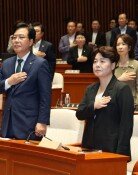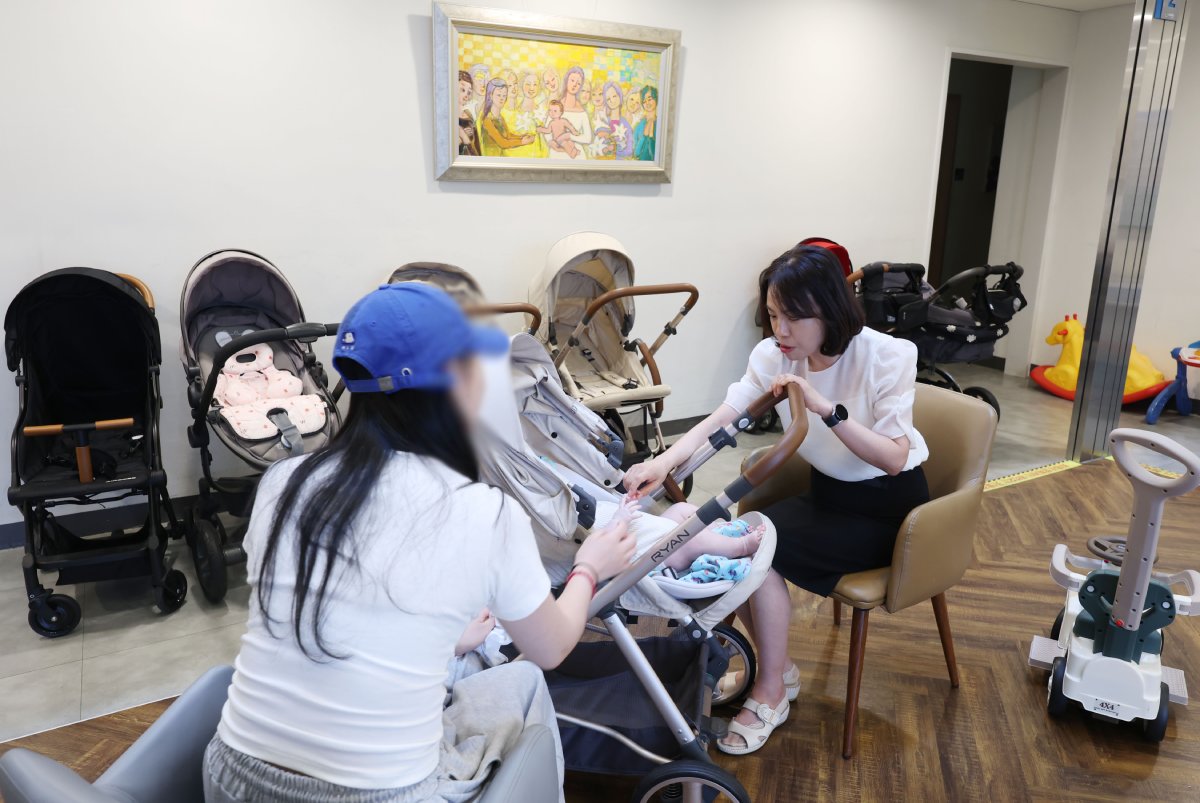Rural Population Fell 37% over the Last Decade
Rural Population Fell 37% over the Last Decade
Posted March. 26, 2003 22:17,
Over the last decade, the country`s rural population fell 37% and the fishing population dwindled by half. Also, the ratio of those over the age of 65 in rural areas doubled for the same period.
According to a survey conducted by the National Statistics Office (NSO) on March 26, the rural population fell to 3,591,000 as of the end of last year, down by 8.7% from the previous year, while the fishing population dropped to 215,000, down by 8.2%.
Compared with statistics in 1992, the former declined by 37.1% and the latter 49.4%.
As a result, a portion of the rural population out of the total fell to 7.5% last year from 13% in 1992. In addition, the fishing population accounted for 0.5% of the total population as of the end of last year.
The number of farmhouses decreased to 1,280,000 last year from 1,641,000 in 1992 and that of fishing houses to 73,000 from 116,000.
Aging in the rural population has become prominent. The `aging index` in rural areas (the ratio of those under the age of 14 vs. those over the age of 65) has increased 220% to 244.8% from 76.4% from a decade ago.
This suggests that the population in the age bracket of under 14 years was much bigger than that of over 65 years in 1992, while the latter has reached 2.5 times the former last year. The age of farm owners showed similar trends. Those over 60 accounted for more than half of the total with 37.4% of those in the 60s and 19.4% of those in the 70s, whereas those under 40 accounted for only 4.1%.
The ratio of the population specializing in farming has been steadily on the rise, standing at 67.3% as of the end of last year.
Although the number of farms growing rice declined 12.3% over the last ten years, it still accounts for 55.1%.
The scale of farming has increased to some extent as the portion of farms with large farmland over 5 hectares rose to 1.8% in 2002 from 1% in 1995. However, small-scale farms with land of fewer than 3 hectares account for 92.3% of the total, revealing the nation`s poor agricultural reality.
Large-scale farms with annual sales over 50 million won increased to 2.7% from 1.9% in 2001, while 67.2% were small-scale farms with annual sales of less than 10 million won.
Livestock farms accounted for 41.3% of large-scale farms with 50 million won in annual sales, followed by farms growing vegetables (19.3%) and floriculture (5.2%).
Eun-Woo Lee libra@donga.com



![[단독]尹 “국무위원조차 살길 찾아 떠나려…없는 얘기 한다” 진술](https://dimg.donga.com/c/138/175/90/1/wps/NEWS/IMAGE/2025/07/10/131976712.1.jpg)



